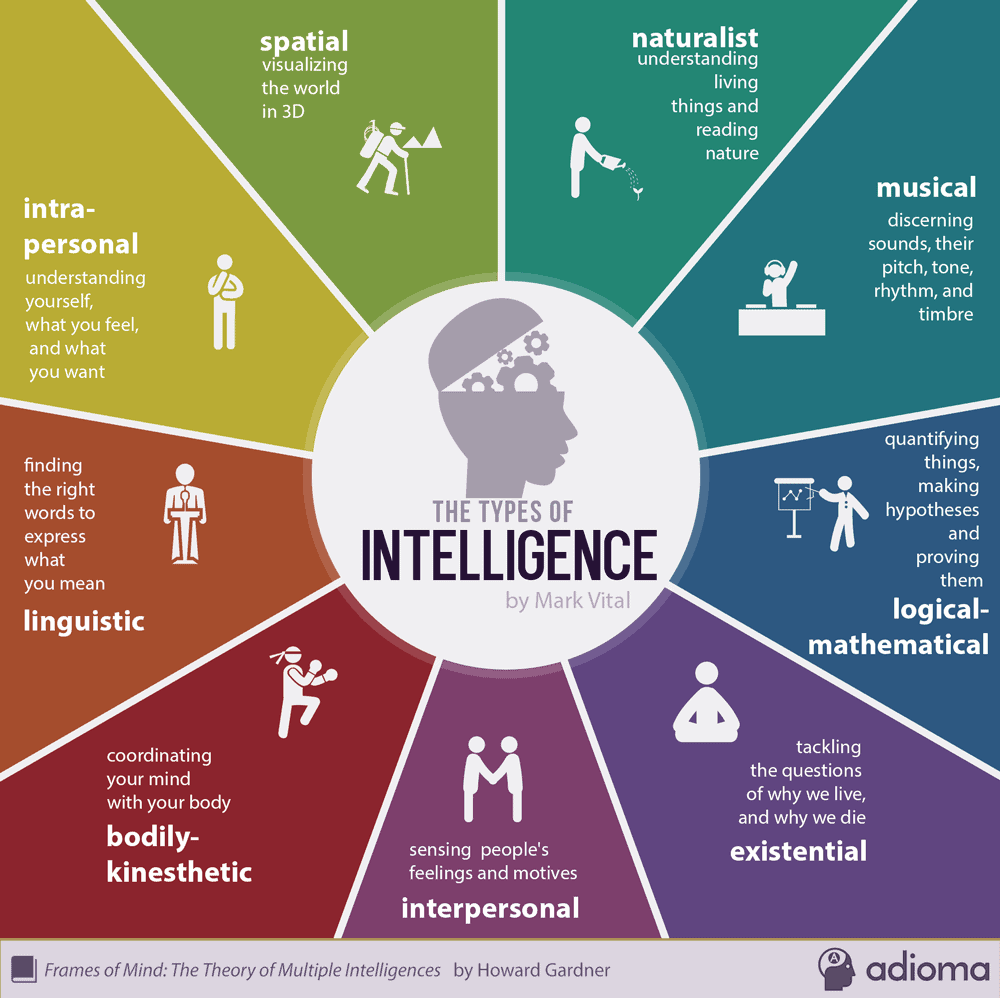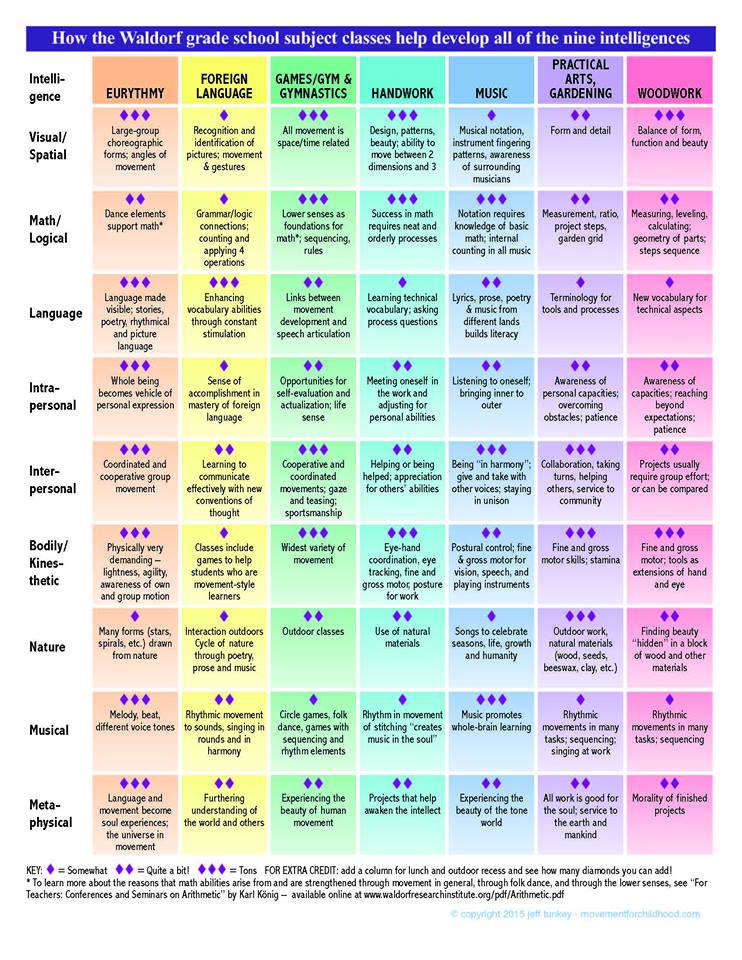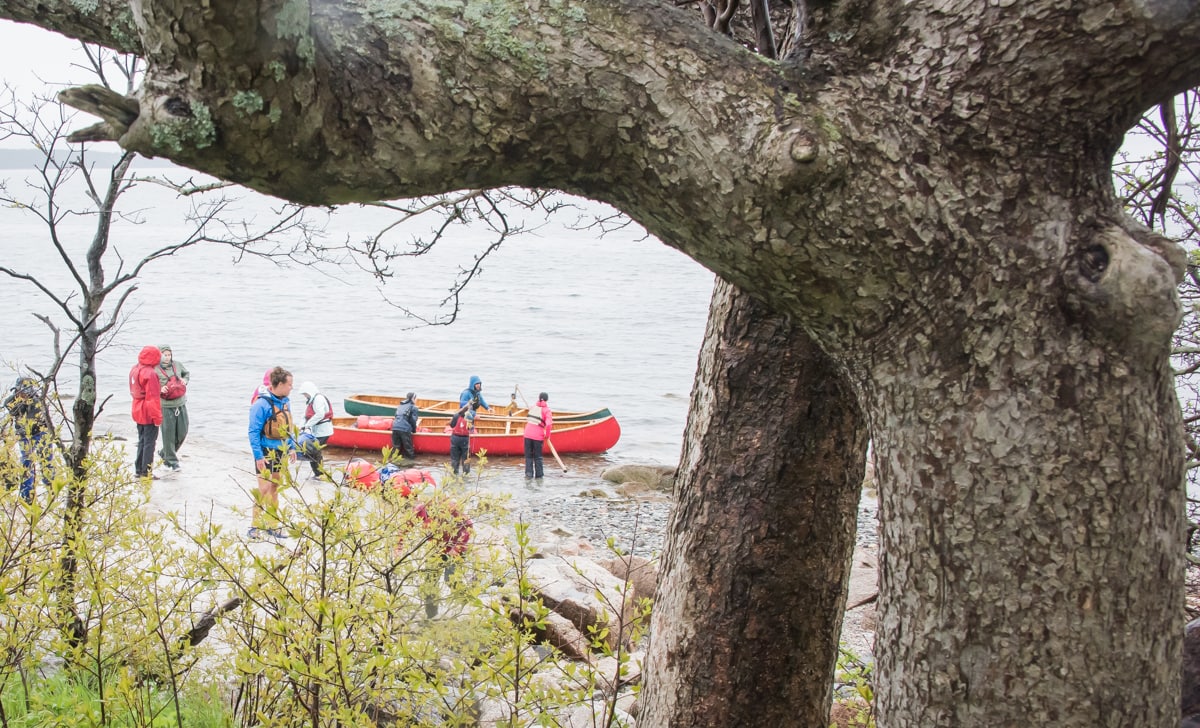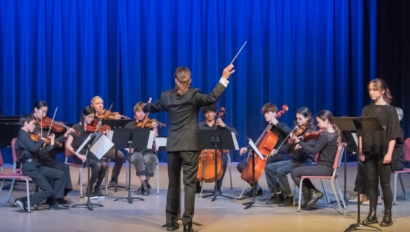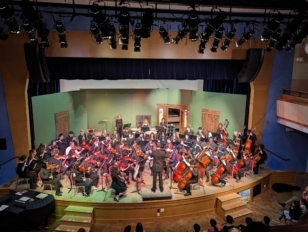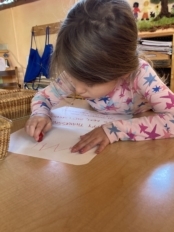In a recent blog post, we talked about the capacities that a Waldorf Education offers students. We want to talk today about the skills that a Green Meadow Waldorf School education imparts to students.
Let’s start from a theoretical perspective and hear from Jamie York, author and Waldorf math educator. In this post, he talks about the skills and competencies that make Waldorf graduates ready for math and beyond as they move into the world. He references an article by Pat Bassett of NAIS, who lays out how students can demonstrate the skills they are learning through performance-based assessment, used at Green Meadow and many other Waldorf schools.
Grant Lichtman is also relevant to this conversation, as an expert on the attributes of schools that are successful in teaching 21st century skills. Lichtman identifies three principles for schools: Teach into the Unknown, Develop Self-Evolving Learners, and Be a Self-Evolving Organization. These three principles align perfectly with Green Meadow Waldorf School’s mission, and it’s exciting to see alignment between mainstream thinking and the wisdom of Waldorf.
That’s the theoretical basis. Practically speaking, what are some of the skills that our students graduate with after 12th grade? (This is by no means an exhaustive list!)
Mathematical and scientific skills: Students learn cartography and surveying skills; they understand and practice the scientific method, including formulating and testing hypotheses; they study Anatomy and Physiology from a theoretical standpoint and from a practical perspective through drawing and modeling; they participate in lab experiments in Physics, Chemistry, and Biology; and they learn Algebra and Geometry and can go on to Trigonometry and Calculus.
Critical thinking and public speaking skills: Students compare and contrast multiple viewpoints; can write a persuasive argument and a research paper; give a Senior Speech, present a Senior Project, and write a “Song of Myself” as part of their 12th grade self-exploration; compose poetry; understand and discuss the works of authors as erudite and diverse as Geoffrey Chaucer, Wolfram von Eschenbach, William Shakespeare, Zora Neale Hurston, and Langston Hughes, among scores of others.
Linguistic skills: Students graduate at an intermediate level or higher in a second language, able to converse, read a newspaper, and watch a film in that language. About 70 percent of our students have completed a 3- to 5-month international exchange program by the time they graduate from high school.
Musical skills: Students play an instrument from 3rd-12th grades; perform in bi-annual concerts and at least annual recitals; and participate in Band, Orchestra, and/or Chorus.
Manual and practical skills: Students learn to camp, canoe and/or kayak, use many tools, measure accurately, serve those in need, identify plants and animals, build a fire, hike a mountain, garden, sew, knit, paint, draw, bind a book in leather, and make beautiful and useful objects out of wood, clay, and copper.
The graphics below illustrate the nine intelligences and the ways that Waldorf Education supports these disparate and necessary capacities and the skills that help them come to life.
